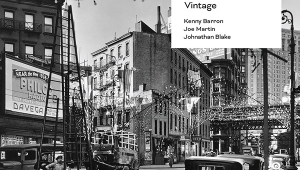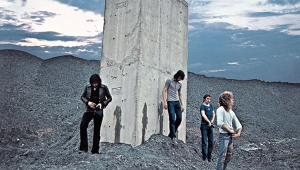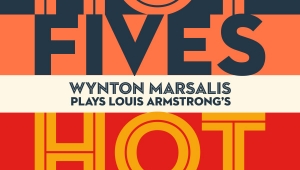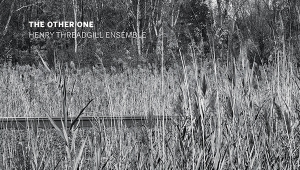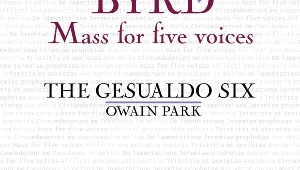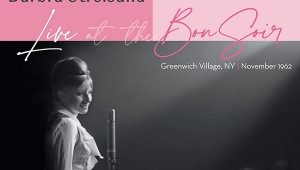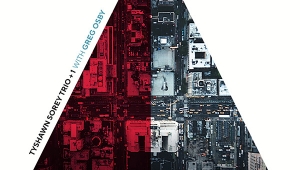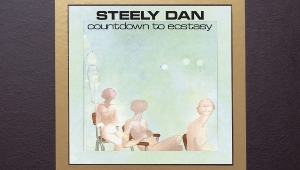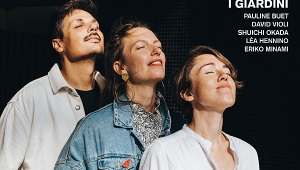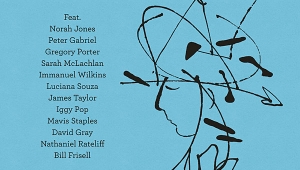| Columns Retired Columns & Blogs |
Recording of July 1997: Canto
CHARLES LLOYD: Canto
Charles LLoyd, tenor sax, Tibetan oboe; Bobo Stenson, piano; Anders Jormin, bass; Billy Hart, drums.
ECM 78118-21635-2 (CD). 1996. Manfred Eicher, prod; Jan Erik Kongshaug, eng. DDD. TT: 65:18
Performance ****½
Sonics ****½
What is just as remarkable as Lloyd's early fame and his renunciation of it is that his return to active music making in the 1990s has gone mostly unnoticed in his own country. When he emerged from self-imposed exile, Lloyd recorded four albums for Manfred Eicher's ECM label over a five-year period. Together, they constitute a body of work unique in modern jazz. But now there is a fifth, Canto, that goes beyond them.
Charles LLoyd, tenor sax, Tibetan oboe; Bobo Stenson, piano; Anders Jormin, bass; Billy Hart, drums.
ECM 78118-21635-2 (CD). 1996. Manfred Eicher, prod; Jan Erik Kongshaug, eng. DDD. TT: 65:18
Performance ****½
Sonics ****½
In 1967, Charles Lloyd's Forest Flower became one of the first jazz albums to sell a million copies. Lloyd was a star, and played major rock venues like the Fillmore in San Francisco. His popularity was astonishing, given the fact that he played uncompromised acoustic jazz. It was even more astonishing when Lloyd walked away. At the height of his celebrity, he retreated to Big Sur and went on a 20-year search for the "inner life."
 | |
The first four ECM albums had a cool beauty that held heat underneath like an underground fire. Canto is just a little wilder: it flirts with the edge; it's freer in the way it flows to evolve form.
This particular Lloyd quartet has toured on and off for four years, and has been intact for the last three ECM recordings. It is now the strongest ongoing ensemble in jazz, and has achieved a level of interactive synergy that validates Lloyd's dictum: "It's not about someone's solo."
Canto opens with 17 minutes called "Tales of Rumi." It starts very slowly, with the bass of Anders Jormin brooding up from silence in the left channel, then Bobo Stenson strumming inside the piano on the right. Billy Hart joins the weaving processional, lightly tapping his rims, then Stenson segues exquisitely from strings to keys. Insidiously, the momentum gathers, Jormin twisting and dancing, before Lloyd's tenor sex slides in at 6:30 like a huge sigh, and together the four ascend until "Rumi" is a whirling maelstrom.
The other two extended pieces, the title track and "M," reveal the creative license with which this ensemble arrays itself in musical space. Compared to Lloyd's quartet, most modern jazz, however competent, sounds linear and merely denotative. Stenson lays across openings left by Lloyd to arc enormous tangents to the song, while Hart and Jormin follow to create the moment.
The sonic quality achieved by engineer Jan Erik Kongshaug at ECM's Rainbow Studio in Oslo is one of modern life's most reliable pleasures. So much of ECM's music is rapt and atmospheric, and Kongshaug always gets the intimate details correct. and bathes every sonic portrait in warm light. Canto has that sense of rightness, and it keeps Lloyd in focus right down to his softest whispers. But Kongshaug also stays with Lloyd even when he can't contain himself and breaks into shriek and rasp. Canto's recorded sound captures its fevered inspiration.—Thomas Conrad
- Log in or register to post comments


